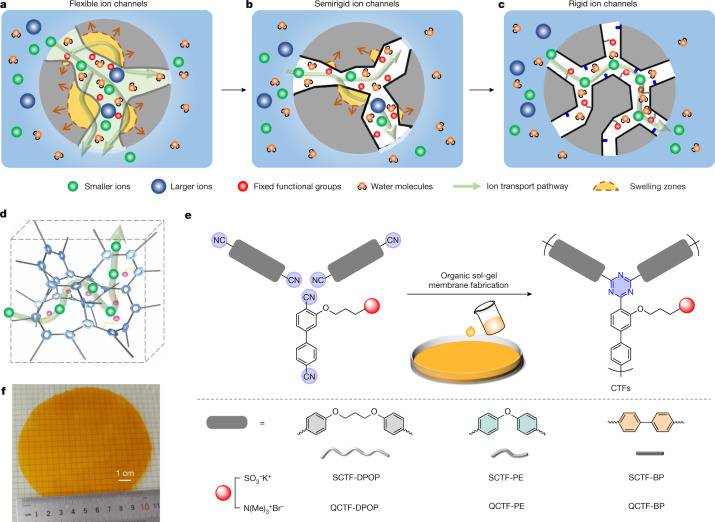Fig. 1. Schematic illustrations showing existing and proposed ion-selective polymer membranes with varying ion channels.
a, Membranes with flexible ion channels. These contain microphase-separated morphology derived from the assembly of hydrophilic ion-conductive moieties and hydrophobic flexible-polymer backbones, represented by Nafion. b, Ion-selective microporous membranes with semirigid ion channels. The channels are formed by intrinsic micropores resulting from inefficient polymer chain packing, represented by polymers of intrinsic microporosity and their derivatives. To render the membrane ion conductive, functional moieties are incorporated during postsynthetic modification. Membranes may age over time and swell in water. c,d, Our proposed membranes with rigid ion channels (c). These are expected to build from bottom-up synthesis and via swelling-resistant 3D polymer frameworks (d). Pore architecture and chemistry are tuned for rapid and selective ion transport. e,f, Preparation of stand-alone CTF membranes via a superacid-catalysed organic sol-gel reaction from functional aromatic nitrile monomers (e). CTF membranes have a controlled number of ion-conductive moieties inside membrane pores and a covalent network structure. Image (f) shows a free-standing CTF membrane with a diameter of over 10 cm. Structure rigidity and microporosity of the CTF membrane can be regulated by designing variable structural units, as demonstrated at bottom right, from flexible to very rigid.

